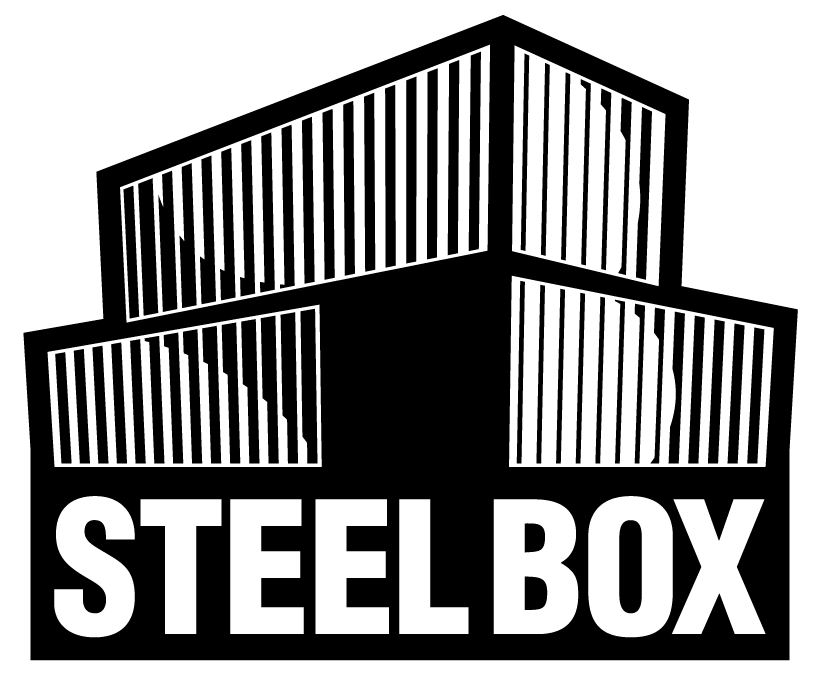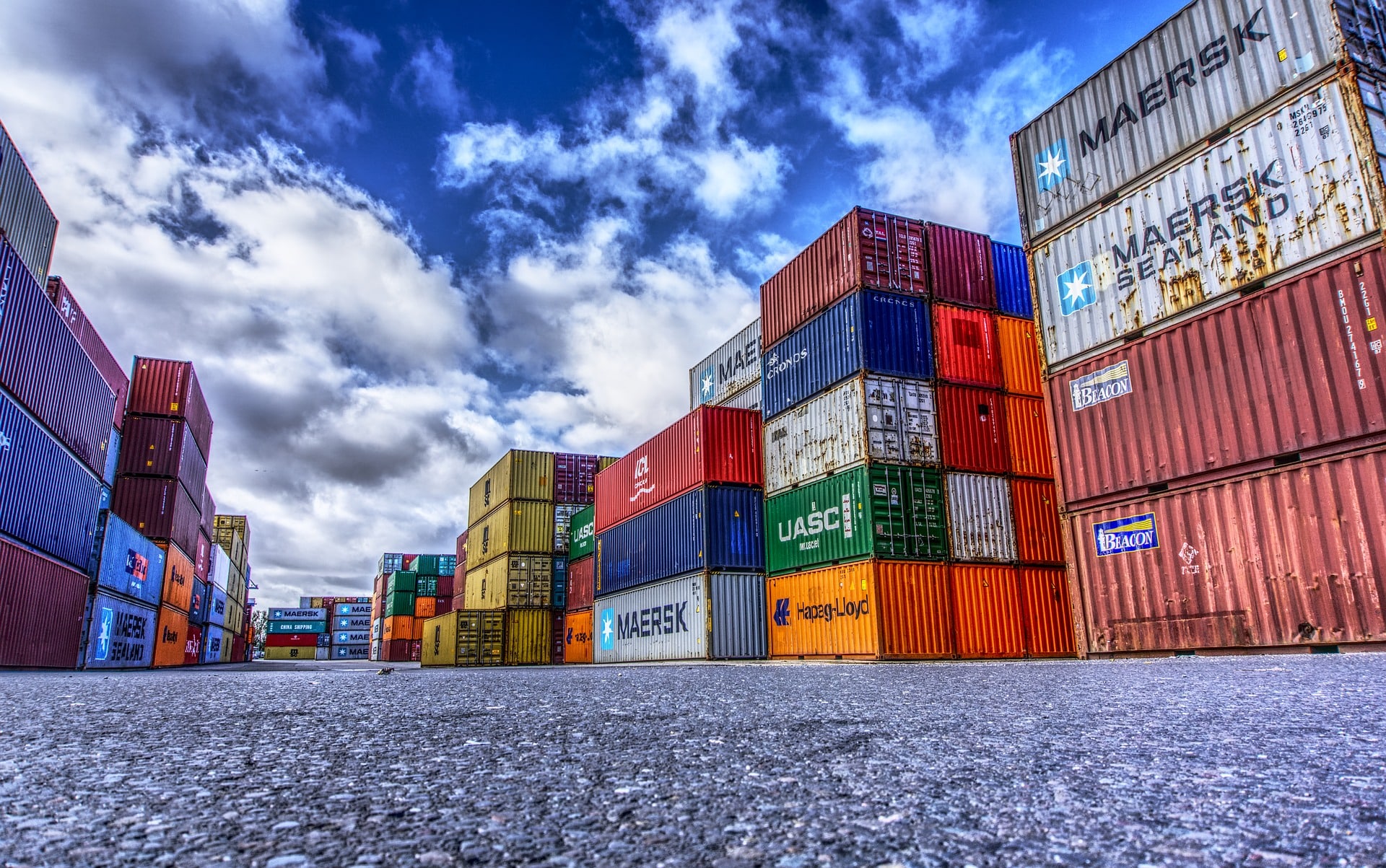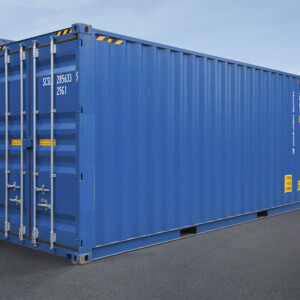Are you considering investing in a shipping container but aren’t sure of the size options or if it’s the right choice for you? With so much information to sift through, it can be challenging to know where to start. Understanding the dimensions and capacity of your shipping container is essential in helping you make the right decision. To help you navigate this process, we will explore the sizes available and guide which option might suit your unique needs.
Shipping Container Dimensions
The International Organization for Standardization (ISO) is an independent organization that develops the guidelines for shipping container’s size, strength, and durability requirements. ISO 688 standardizes the dimensions and ratings of shipping containers.
Shipping Container Length
Shipment containers come in three lengths: 10ft, 20ft, and 40ft. The most popular size is the 40-foot container, equivalent to around 12 meters. These containers are primarily used for international transport. 20-foot containers are approximately 6 meters long and are commonly used for storage. Lastly, the 10-foot containers, 3 meters in length, serve custom needs like emergency storage on site but are unsuitable for international shipping.
Shipping Container Height
A standard shipping container typically measures 7.84 ft and 8.5 ft (2390 and 2591 millimeters), equaling 8.2 ft in height or 2500 millimeters. For those seeking more space, opt for a high cube container at 9.50 ft tall or 2896 millimeters.
Shipping Container Weight
There are three weight factors for shipping containers: cargo weight, maximum weight, and tare weight. A 20 ft container weighs 4806.077 lbs (2,180 kg), a 40ft container at 7980.734 lbs (3,620 kg), and a 40ft HC container at 8421.658 lbs (3,820 kg). As for maximum weight, 20ft shipping containers can handle up to 55115.566 lbs (25000 kg) of cargo while a 40ft can hold 67240 lbs (30500 kg).
Shipping Container Capacity
The standard 40ft container boasts a whopping 67.3 m3 capacity, while the 20 ft container offers a generous 33.1 m3. Keep in mind each container’s capacity may vary slightly.
Types of Containers
Discover the world of shipping containers – designed for specific needs and available in various sizes. Shipping containers come in standard sizes to be stacked on top of and below shipping containers. Explore the popular standard containers and specialized options.
Standard Containers
Standard containers are the most commonly used shipping containers and form the backbone of international trade and transportation. These containers are known for their versatility, making them suitable for a wide range of goods and storage.
10-foot Shipping Container Dimensions
Compact and versatile, 10-foot containers are perfect for individuals and portable storage companies. These containers can easily accommodate the belongings of a one-bedroom apartment, making them an ideal choice for personal use. These shipping containers boast a length of 10ft (3048 mm), a height of 8’6″ (2621 mm), and a width of 8ft (2438 mm). With a weight of approximately 2,200 lbs (998 kg), they are built to withstand rigorous transportation. Inside, you’ll find spacious dimensions of 9’4” ft (2865 mm) in length, a width of 7’8-1/8″ (2133.6 mm), and a height of 7’9-5/8″ (2408 mm). The door opening measures 7’8.5″ (2393 mm) in width and 7’5.75″ (2134 mm) in height.
20-foot Shipping Container Dimensions
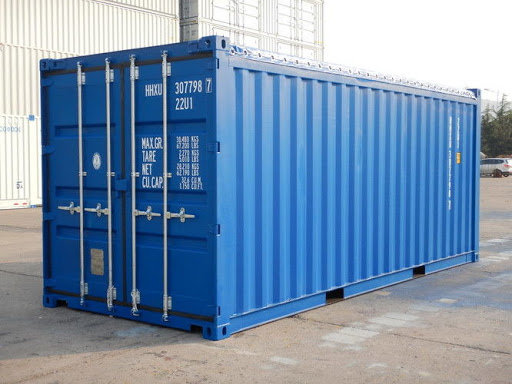
This is the most popular and widely used size shipping container. They’re ideal for storage for businesses or offices for individuals. Standard 20-foot containers measure 20 feet (6096 mm) in length, 8 feet (2438 mm) in width, and 8’6″ (2621 mm) in height. Internally, these containers offer ample space with dimensions of 19’5″ (5944 mm) in length, 7’8″ (2377 mm) in width, and 7’9″ (2408 mm) in height. With a gross weight of 4,500 lbs (2041 kg), you can trust in their durability and reliability. Accessing your goods is a breeze with a door opening that’s 7’8.5″ (2134 mm) wide and 7’5.75″ (2134 mm) tall.
40-foot Shipping Container Dimensions
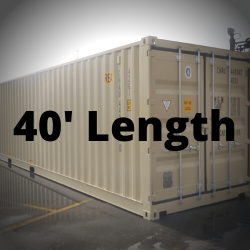
Double the size of a 20-foot container, it’s perfect for larger shipments, making it a favorite among businesses dealing with bulk goods. The 40 ft container boasts a spacious 40 ft (12192 mm) length, standing at a height of 8’6″ (2591 mm) and a generous width of 8 feet (2438 mm). Inside, you’ll find internal dimensions of 39’ in length (11887 mm), 7’8″ (2377 mm) in width, and 7’9″ (2408 mm) in height. With a weight capacity of 8,500 lbs (3855 kg), these containers can handle your heaviest loads—the door opening measures 7’8.5″ (2393 mm) in width and 7’5.75″ (2134 mm) in height.
40-foot High Cube Container Dimensions
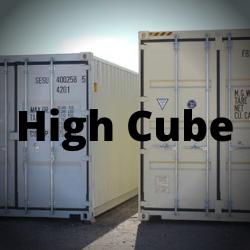
Slightly taller than the standard 40-foot container, it provides extra vertical space, allowing for the transportation of oversized items. 40 ft HC containers boast impressive dimensions of 40 ft long (12192 mm), 9’6″ (2926 mm) high, and 8 feet (2438 mm) wide. These containers have a gross weight of 8,750 lbs (3969 kg), ensuring stability and durability. Effortlessly load and unload your goods through the door opening that measures 7’8.5″ (2377 mm) wide and 8’5″ (2591 mm) tall.
45-foot Shipping Container Dimensions
These containers offer additional length, accommodating more goods while remaining within the standard height and width specifications. The 45 ft container has dimensions of 45 ft (13716 mm) long, 9’8″ (2987 mm) high, and 8 feet (2438 mm) wide. Internally, these dimensions are 44’5” long (13564 mm), 7’8″ (2377 mm) wide, and 8’10” (2469 mm) high. The container has a gross weight of 10,500 lbs (4763 kg). The door opening is 7’7″ (2347 mm) wide and 8’4″ (2560 mm) tall.
Specialized Containers
Expand your shipping container options beyond standard and high cube containers! Discover the world of unique containers that cater to specific needs. From reefers to flat racks, double doors to open tops, these modified containers go beyond the standard, offering unique solutions for every situation. Say goodbye to one-size-fits-all and embrace the versatility of custom-made containers.
Refrigerated Containers (Reefers) Dimensions
These containers have cooling systems, maintaining specific temperature and humidity levels. They are indispensable for transporting perishable goods like fruits, vegetables, and pharmaceuticals. Reefer containers come in 20 ft and 40 ft containers. Check the dimensions below:
| Size | 20ft | 40ft | 40ft HC |
| Internal Length | 17.9ft | 37.9ft | 38.0 ft |
| Internal Width | 7.5ft | 7.5ft | 7.5 ft |
| Internal Height | 7.4ft | 7.4ft | 7.9 ft |
| Payload | 61,078 lbs | 65,080 lbs | 65,080 lbs |
| Cubic Capacity | 2,093 cu ft | 2,380 cu ft | 2,380 cu ft |
Open-Top Containers Dimensions
As the name suggests, these containers lack a roof, making them suitable for goods that require top loading or items that exceed the standard height limitations.
| Size | 20ft | 40ft |
| Internal length | 19.4ft | 39.5ft |
| Internal width | 7.8ft | 7.9ft |
| Internal height | 7.8ft | 7.8ft |
| Payload | 62,214 lbs | 58,422 lbs |
| Cubic Capacity | 1,155 cu ft | 2,356 cu ft |
Flat Rack Containers Dimensions
Designed with collapsible sides, these containers are ideal for shipping large, irregularly shaped items such as machinery or vehicles.
| Size | 20ft | 40ft |
| Internal length | 19ft | 39.8ft |
| Internal width | 7.7ft | 7.9ft |
| Internal height | 7.7ft | 7ft |
| Payload | 66,458 lbs | 88,200 lbs |
| Cubic Capacity | 1,213 cu ft | 2,195 cu ft |
Choosing the Right Container
Selecting the appropriate container size is crucial to ensure the safety and security of your goods during transit. Consider the following factors when making your decision:
- Volume of Goods: Estimate the volume of your goods to determine the container size. Opt for larger containers if you have many items to ship.
- Nature of Goods: Fragile or sensitive items may require specialized containers with climate control or additional security measures.
- Loading and Unloading: Consider how your goods will be loaded and unloaded. Some containers have unique features, like side doors or removable walls, facilitating easier access.
- Shipping Route: Different countries and regions might have specific regulations regarding container sizes. Verify these regulations to prevent any shipping complications.
Conclusion
Mastering shipping container sizes is essential for the secure and efficient delivery of your goods. By grasping the intricacies of container types and their uses, you can streamline shipping, cut costs, and optimize logistics. Whether you’re a small business owner entering international trade or an individual moving abroad, choosing the right container size is crucial for a successful shipping experience. Embrace the insights in this guide and confidently embark on your global shipping adventure.

